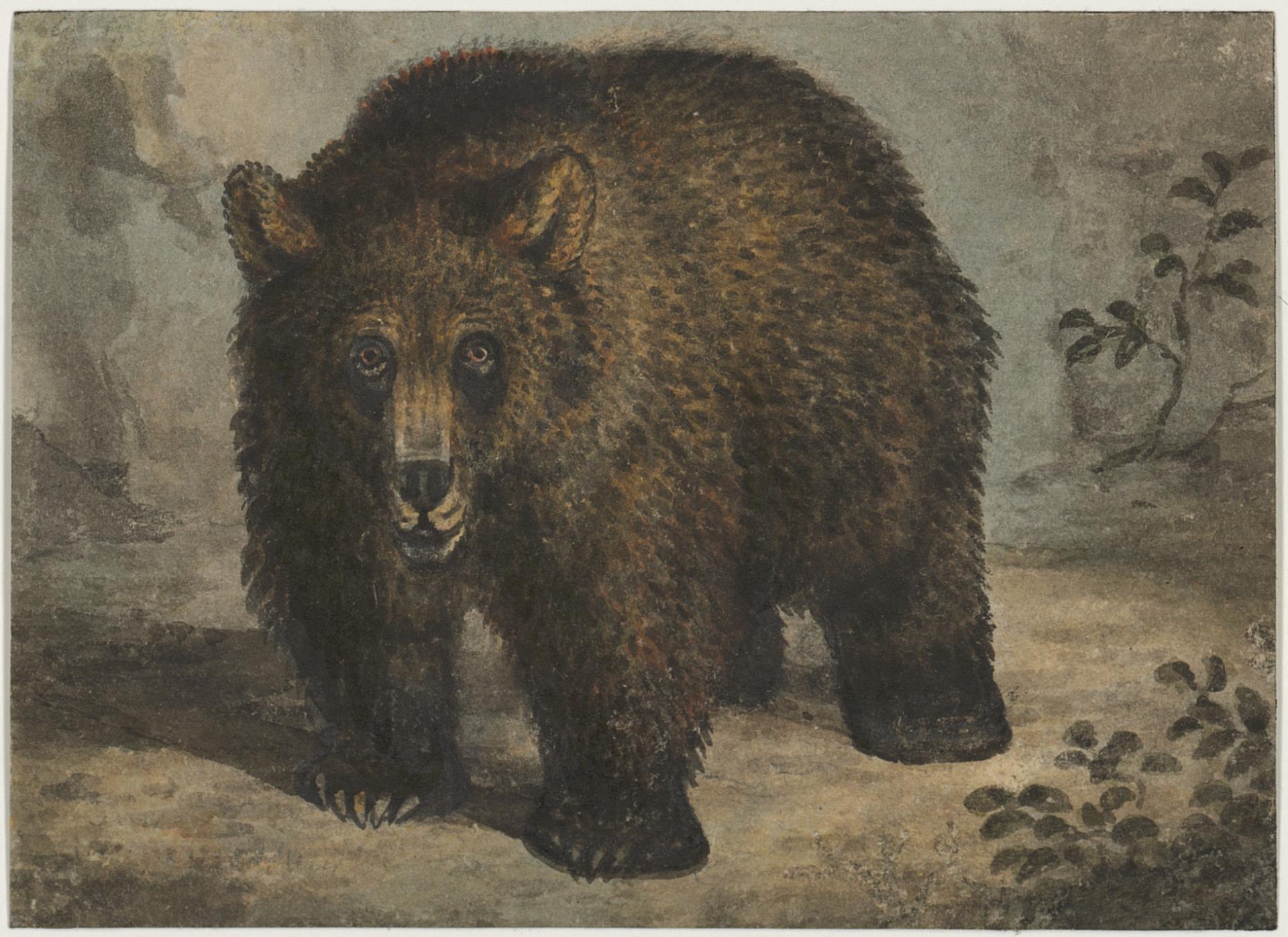Kunst, Politik, Krieg
The Kunstmuseum Basel and its Kupferstichkabinett, 1939–1945
In an exhibition in its Graphic Cabinets, the Kunstmuseum Basel examines various questions around its acquisitions policy during the Second World War. The presentation’s focus is on works on paper that entered the museum’s Kupferstichkabinett (Department of Prints and Drawings).
Which works of art was the Kunstmuseum Basel especially interested in during the Second World War? Which course did discussions over potential additions to the collection and its presentation take? Where did the museum’s representatives buy works, and from whom? From whom did the Kunstmuseum Basel accept gifts? Given the tensions in Swiss domestic politics during the war as well as the country’s precarious position on the international stage, such questions were often bound up with larger concerns in cultural policy: contentions over the value of modern art, the changes in ownership of art objects due to persecution and migration, and the threat of the loss of cultural assets due to wartime destruction made enlarging and exhibiting the collection a challenging task. The presentation in the Kunstmuseum Basel’s Graphic Cabinets takes a look behind the scenes of the museum’s operations during those years, with a particular focus on its Kupferstichkabinett.
The exhibition presents the findings of a major provenance research project implemented at the Kunstmuseum Basel’s Kupferstichkabinett in 2019–2020with generous financial support from the Federal Office of Culture: we undertook a thorough review of the provenance of all drawings that were acquired for or gifted to the collection between 1933 and 1945 and, with support from the Sophie and Karl Binding Foundation, generated digital reproductions of the works. Special emphasis was placed on shedding light on problematic cases: works whose histories prior to their arrival at the museum were obscure or reflected the political conflicts of the time. This review of our holdings also served to deepen our understanding of the evolution of the collection during the period in question.

